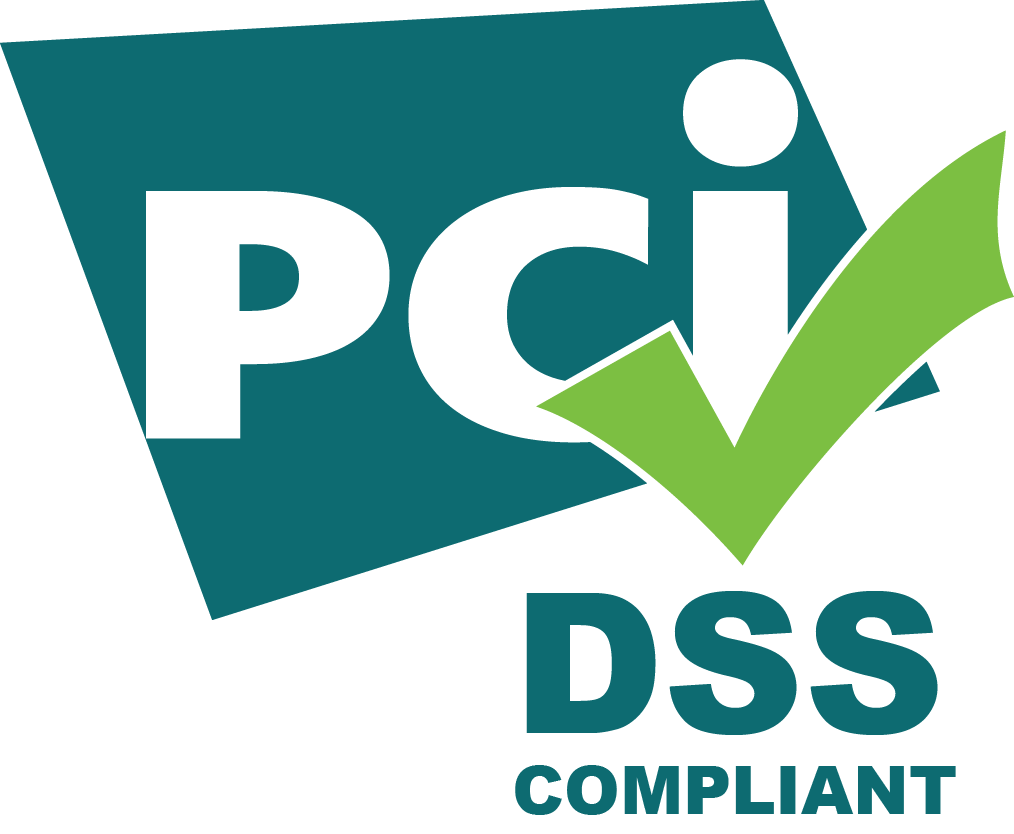 PCI-DSS Compliance
PCI-DSS Compliance
The Payment Card Industry Data Security Standard (PCI-DSS) sets stringent requirements for organizations that handle cardholder data, ensuring secure processing, storage, and transmission of payment information. PCI-DSS compliance monitoring is essential for protecting sensitive data, maintaining customer trust, and avoiding financial penalties. Here are the main steps for effectively monitoring PCI-DSS compliance:
1. Conduct Regular Security Audits
PCI-DSS compliance requires frequent security audits to evaluate how well an organization adheres to data protection standards. Audits should assess network security, encryption practices, access controls, and vulnerability management to identify and address any compliance gaps.
2. Implement Strong Access Controls
Access to cardholder data should be limited strictly to authorized personnel. Organizations must establish and enforce strong access control measures, including multi-factor authentication (MFA) and role-based permissions, to prevent unauthorized access to sensitive data.
3. Maintain a Secure Network and Encrypt Sensitive Data
PCI-DSS mandates robust network security protocols, including firewall configuration and encryption of cardholder data during storage and transmission. Organizations should conduct regular testing of encryption measures and firewall configurations to protect data from unauthorized access.
4. Conduct Vulnerability Scans and Penetration Testing
Regular vulnerability scanning and penetration testing help identify potential security weaknesses within the organization’s network and applications. These tests provide insights into areas that may require strengthening, ensuring that systems are resistant to evolving threats.
5. Monitor and Log Access to Cardholder Data
Organizations are required to log and monitor all access to cardholder data and network resources. By maintaining detailed logs and monitoring for suspicious activity, organizations can quickly detect and respond to potential security incidents, maintaining PCI-DSS compliance.
6. Implement an Incident Response Plan
PCI-DSS compliance requires organizations to have a robust incident response plan that addresses potential security breaches. The plan should outline steps for detecting, containing, and remediating incidents, as well as procedures for notifying affected parties and relevant authorities.
7. Provide Ongoing Staff Training
Employees must be well-versed in data security practices to help prevent breaches. Regular training on PCI-DSS requirements, secure data handling, and recognizing phishing attempts strengthens the organization’s security posture and reduces the risk of accidental non-compliance.
8. Document Compliance Activities and Keep Records
To demonstrate PCI-DSS compliance, organizations must maintain thorough documentation of their security practices, vulnerability assessments, and incident response activities. Proper documentation supports compliance validation and provides evidence for audits by regulatory bodies or payment processors.
Conclusion
Monitoring PCI-DSS compliance is an ongoing process that demands vigilant security practices, regular assessments, and employee engagement. By implementing these steps, organizations can effectively protect cardholder data, maintain compliance, and reduce the risk of costly security incidents.

 PCI-DSS Compliance
PCI-DSS Compliance